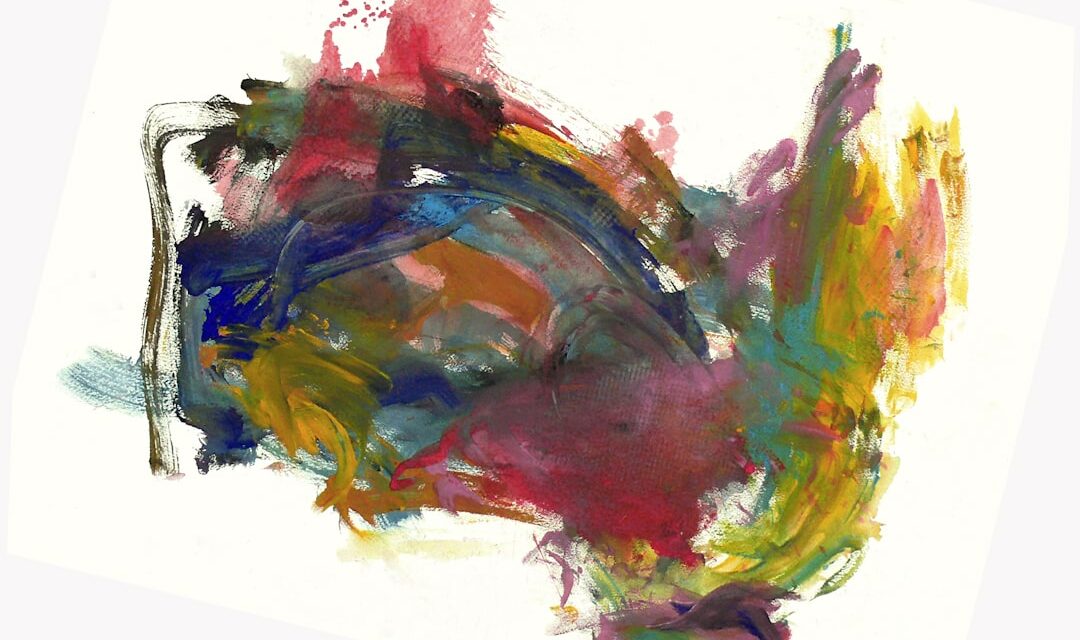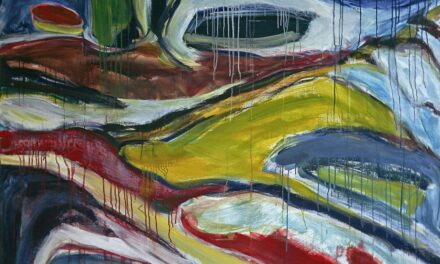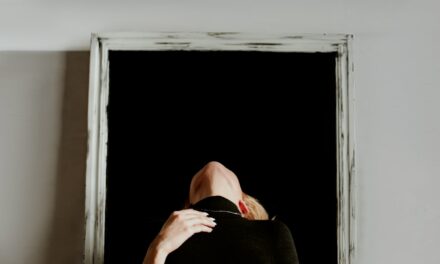Raphael, whose full name was Raffaello Sanzio da Urbino, was born on 6 April 1483 in Urbino, Italy. He was the son of Giovanni Santi, a painter and poet at the court of the Duke of Urbino. It is believed that Raphael’s early exposure to the arts through his father played a significant role in shaping his artistic talents.
Raphael’s mother died when he was eight years old, and his father passed away when he was 11. After his father’s death, Raphael was placed under the guardianship of his uncle, a priest. Raphael’s artistic talents were evident from a young age, and he was subsequently apprenticed to the renowned painter Pietro Perugino in Perugia.
Under Perugino’s tutelage, Raphael refined his skills and developed his own unique style. He also had the opportunity to study the works of other great artists of the time, such as Leonardo da Vinci and Michelangelo. This exposure to different artistic styles and techniques had a profound influence on Raphael’s own work as he continued to develop as an artist.
Summary
- Raphael was born in Urbino, Italy in 1483 and received his early education in the arts from his father, who was a painter.
- He was heavily influenced by the works of Leonardo da Vinci and Michelangelo, and his style is known for its harmony, balance, and grace.
- Some of his most notable works include “The School of Athens” and “The Sistine Madonna”, and he received numerous commissions from the Vatican and other prominent figures.
- Raphael had a close relationship with other Renaissance artists such as Michelangelo and Bramante, and they often collaborated on projects together.
- Raphael’s legacy in art history is significant, as he is considered one of the greatest artists of the Italian Renaissance and his work continues to inspire artists and art enthusiasts around the world.
Influences and Style
Influence of the Renaissance Masters
He was particularly inspired by the works of Leonardo da Vinci and Michelangelo, both of whom were also working in Italy during the Renaissance. From Leonardo, Raphael learned about the use of light and shadow to create depth and dimension in his paintings.
Defining Characteristics of Raphael’s Style
Raphael’s style is often described as harmonious, balanced, and graceful. He had a remarkable ability to capture human emotion and expression in his paintings, and his use of colour and composition was masterful. His works often featured idealised figures with smooth, flawless skin and delicate features.
Technical Skill and Artistic Innovation
He was also known for his skilful use of perspective and his ability to create a sense of depth and space in his paintings.
Notable Works and Commissions

Raphael’s body of work includes a number of notable paintings, frescoes, and architectural designs. One of his most famous works is the “School of Athens,” a fresco that adorns the walls of the Vatican’s Apostolic Palace. This masterpiece is a testament to Raphael’s skill as a painter and his ability to capture complex philosophical ideas in visual form.
Another iconic work is the “Sistine Madonna,” which is known for its tender portrayal of the Virgin Mary and the Christ Child. Raphael also received numerous commissions from wealthy patrons and religious institutions throughout his career. One of his most important commissions was from Pope Julius II, who tasked him with decorating the papal apartments in the Vatican.
This project allowed Raphael to showcase his talents on a grand scale and solidified his reputation as one of the leading artists of the Renaissance.
Relationship with Other Renaissance Artists
Raphael had close relationships with many other prominent artists of the Renaissance, including Leonardo da Vinci and Michelangelo. While each artist had their own unique style and approach to their work, they also shared a mutual respect for each other’s talents. Raphael was particularly influenced by the works of Leonardo and Michelangelo, and he often sought inspiration from their paintings and sculptures.
Despite their differences in style and technique, Raphael, Leonardo, and Michelangelo all played a crucial role in shaping the artistic landscape of the Renaissance. Their collective contributions to art during this period have had a lasting impact on the development of Western art history.
Legacy and Impact on Art
Raphael’s legacy as an artist is undeniable. His works continue to be celebrated for their beauty, technical skill, and emotional depth. His influence can be seen in the works of countless artists who came after him, and his impact on the development of Western art cannot be overstated.
Raphael’s ability to capture human emotion and expression in his paintings has had a lasting impact on the way we perceive art. His use of light, colour, and composition set new standards for artists of his time and continue to inspire artists today. His contributions to the art world have earned him a place among the greatest artists in history.
Personal Life and Relationships

Relationship with Margherita Luti
One of his most important relationships was with a woman named Margherita Luti, who is believed to have been his long-time companion. They had a daughter together, but tragically both Margherita and their child died shortly after the birth.
Overcoming Adversity
Despite these personal hardships, Raphael remained dedicated to his work and continued to produce some of his most iconic paintings during this time. His ability to channel his emotions into his art is a testament to his resilience and passion for his craft.
A Legacy of Art
Through his art, Raphael was able to transcend his personal struggles and leave a lasting legacy that continues to inspire and influence artists to this day.
Raphael’s Place in Art History
Raphael’s place in art history is firmly established as one of the greatest artists of the Renaissance. His contributions to painting, architecture, and the visual arts have had a profound impact on the development of Western art. His ability to capture human emotion and expression in his paintings set new standards for artists of his time and continue to inspire artists today.
Raphael’s legacy as an artist is one of beauty, technical skill, and emotional depth. His influence can be seen in the works of countless artists who came after him, and his impact on the development of Western art cannot be overstated. His ability to create harmonious, balanced compositions with idealized figures has earned him a place among the greatest artists in history.
If you are interested in learning more about different art movements, you may want to check out the article on Cubism on Thinkofart.com. Cubism was a revolutionary art movement that emerged in the early 20th century, challenging traditional notions of perspective and representation. The article provides an in-depth look at the key artists and works associated with this influential movement, making it a great complement to an introduction to the artist Raphael. You can read the article here.
FAQs
Who was Raphael?
Raphael was an Italian painter and architect of the High Renaissance. He was born in 1483 in Urbino, Italy, and died in 1520 in Rome, Italy.
What is Raphael known for?
Raphael is known for his exceptional skill in painting and for his contributions to the development of Renaissance art. He is best known for his paintings of the Madonna and for his frescoes in the Vatican Palace.
What are some of Raphael’s most famous works?
Some of Raphael’s most famous works include “The School of Athens,” “The Sistine Madonna,” “The Madonna of the Meadow,” and “The Transfiguration.”
What was Raphael’s artistic style?
Raphael’s artistic style is characterized by its harmony, balance, and idealized forms. He was heavily influenced by the works of Leonardo da Vinci and Michelangelo, and his paintings often depicted classical subjects with a sense of grace and beauty.
What was Raphael’s impact on the art world?
Raphael’s work had a significant impact on the development of Western art. His paintings and frescoes are considered some of the greatest achievements of the Renaissance, and his artistic style influenced countless artists in the centuries that followed.




